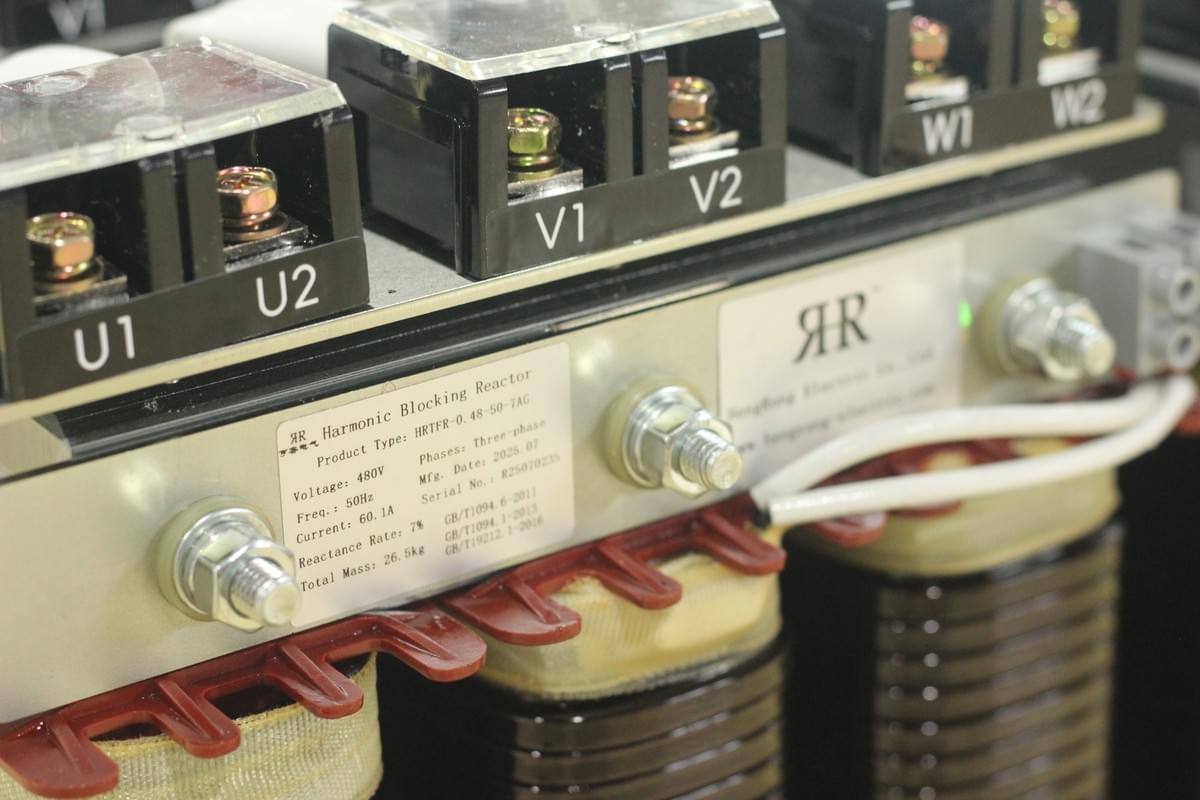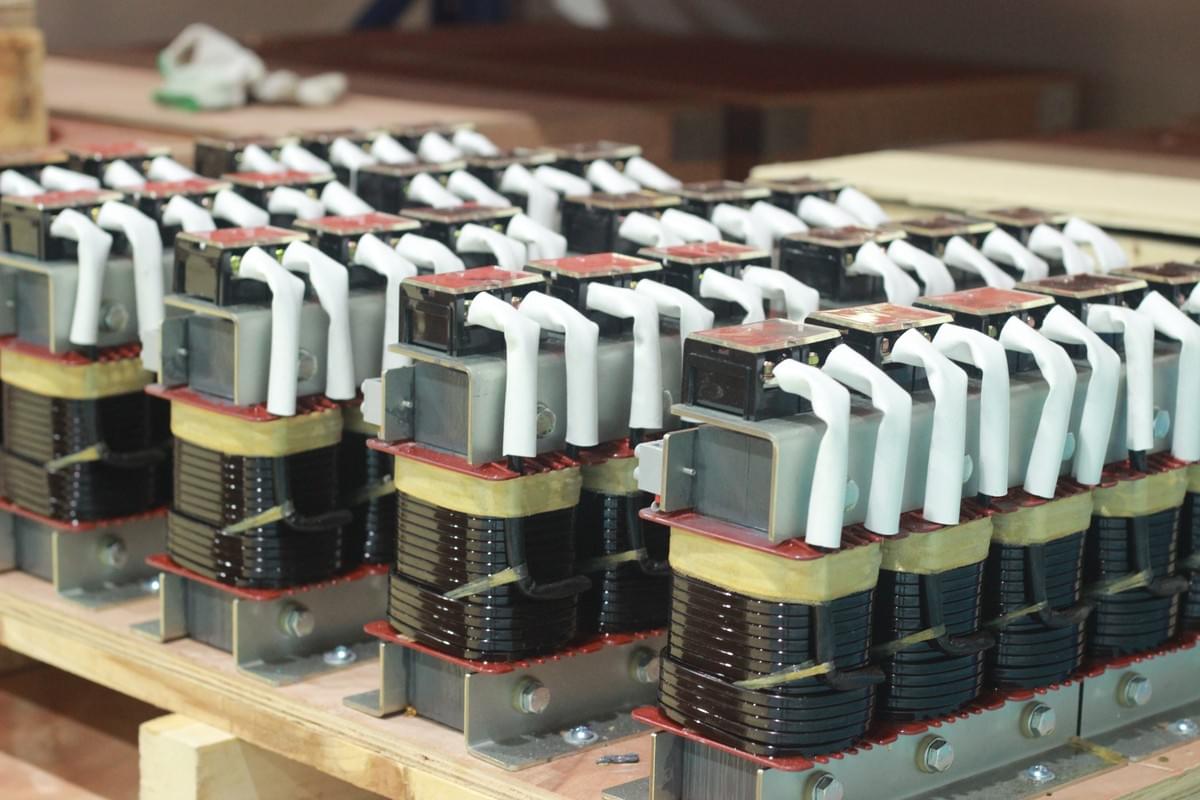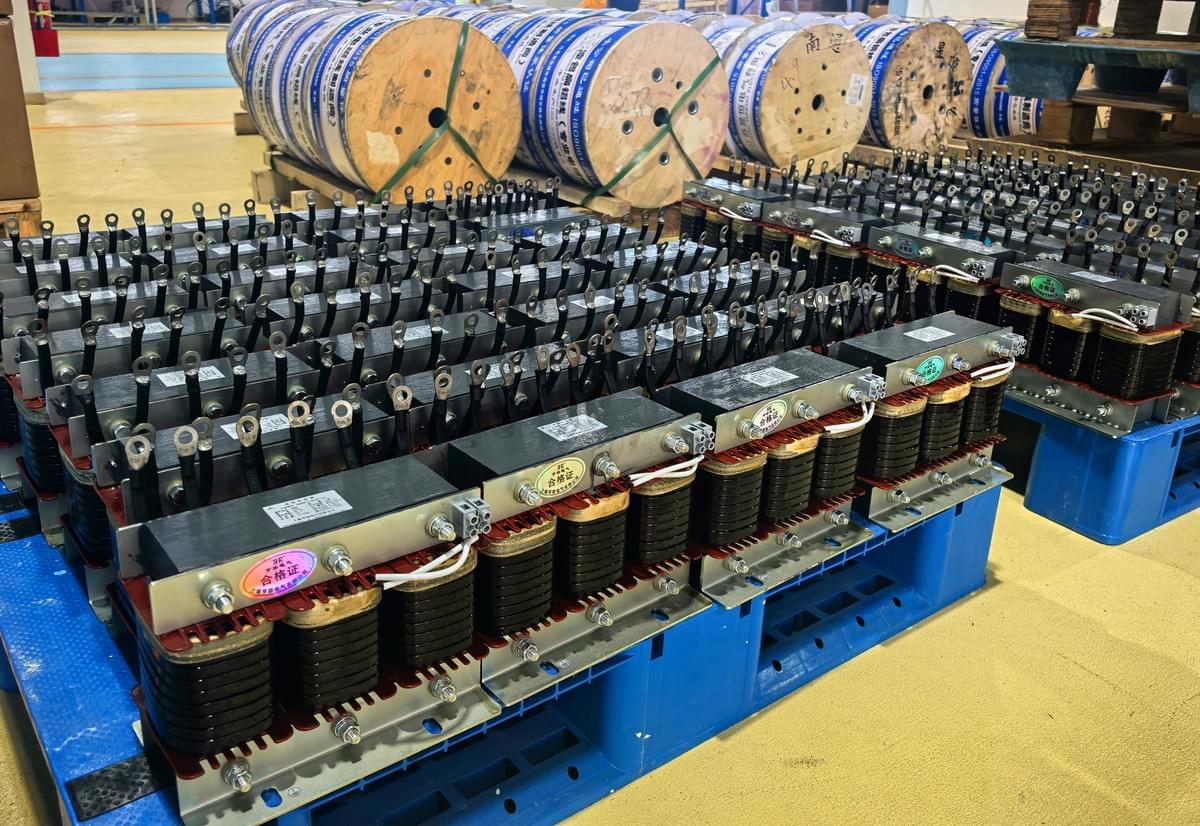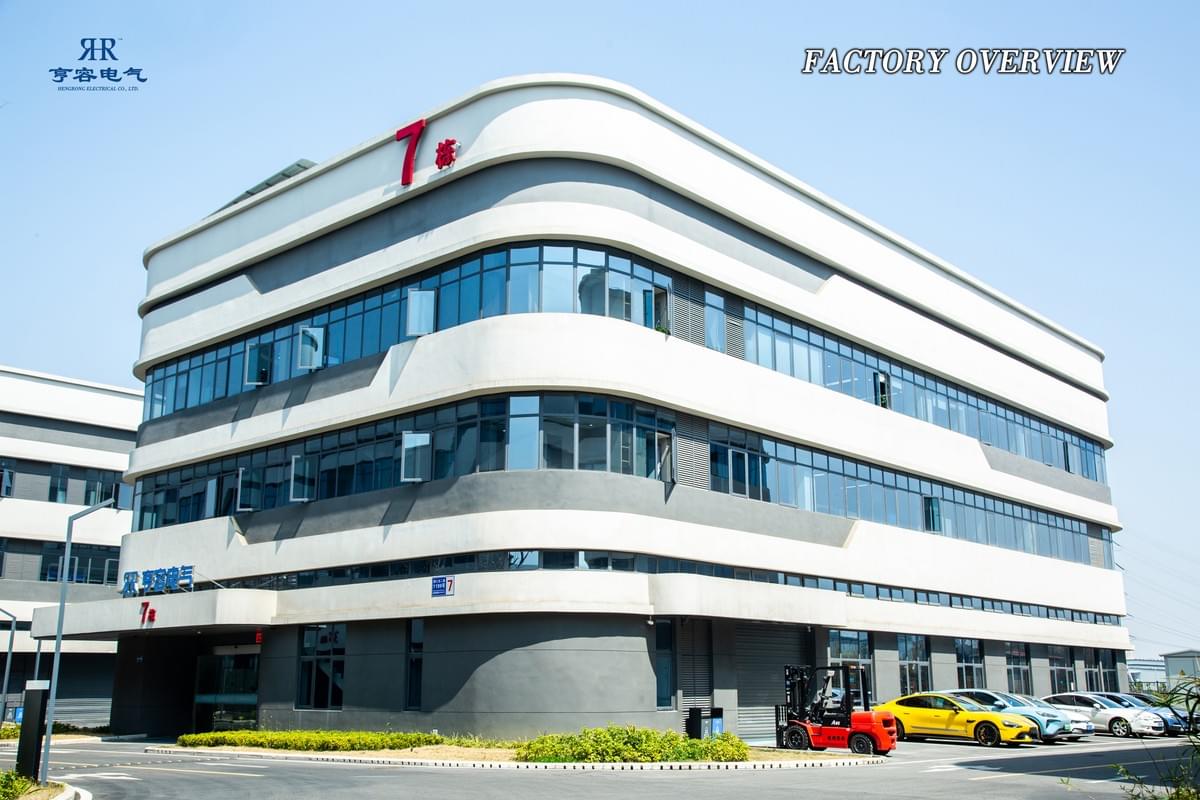In modern power systems, the quality of electrical energy is critical to the stable operation of equipment. As industrial and societal demands for electricity continue to increase, reactors play a crucial role in regulating reactive power within the grid and ensuring power quality. Dry-type parallel reactors, in particular, have become key equipment due to their efficiency, reliability, low noise, and low loss. However, in practical applications, reactors sometimes experience localized heating issues due to their specific structural design, posing potential risks to their operation. This article will analyze the fault causes and improvement solutions for localized heating issues in a 66 kV dry-type parallel reactor, offering valuable insights.
Functions and Structure of Reactors

Dry-type parallel reactors are widely used in the power grid for regulating reactive power, stabilizing voltage, and ensuring power quality. Their unique dry-type structure not only offers advantages such as compact size, light weight, and low loss but also effectively reduces high-frequency interference in the grid. However, reactors generate strong power-frequency magnetic fields during normal operation. In high-voltage substations, due to their unique structure, this magnetic field can induce circulating currents or eddy currents in metal closed-loop circuits, potentially causing localized heating issues that affect equipment safety.
Typical Fault: Localized Heating of Dual Conductors

In a certain substation, a 66 kV dry-type parallel reactor experienced localized heating in the dual conductors shortly after it was commissioned. Infrared thermal imaging revealed that the heating was most prominent near the A and C-phase reactor connection boards, with the temperature continuously rising until it reached 108°C. Further investigation confirmed that the issue was closely related to the reactor’s surrounding strong magnetic field. The metal conductors, under the influence of the alternating magnetic field, formed closed-loop circuits that generated circulating currents, leading to heating.
Fault Analysis and Cause Exploration

After detailed analysis, it was found that the multi-layered parallel windings and dry-core structure of the reactor caused a significant magnetic field to be present around the reactor. The metal closed-loop circuits close to the reactor were heavily influenced by this magnetic field. The direction of the closed-loop circuits, formed by the metal conductors, aligned with the alternating magnetic field of the reactor, causing circulating currents that led to localized heating. This phenomenon was most evident within a 1-meter radius from the reactor, and as the distance from the reactor’s center axis increased, the magnetic field intensity gradually decreased. According to national power grid technical standards, metal closed-loop circuits should not exist within twice the diameter of the reactor, to avoid such issues.
Improvement Plans and Solutions

To resolve the localized heating of the dual conductors, several improvement solutions were proposed:
- Increase the distance between the closed-loop circuit and the reactor: By increasing the length of the connection board, the closed-loop circuit can be moved out of the strong magnetic field zone, reducing the impact of the reactor's magnetic field on the circulating currents.
- Replace dual conductors with a single conductor: Switching to a single conductor eliminates the formation of the closed-loop circuit, fundamentally addressing the circulating current issue.
- Remove the first spacer rod: By removing the spacer rod, the position of the closed-loop circuit can be adjusted to move it further away from the strong magnetic field zone, and additional support can be added to ensure reactor stability.
Ultimately, the third solution, which involved removing the first spacer rod and adding supporting foundations, was chosen. After the modification, the localized heating issue in the A and C-phase reactors was effectively resolved, and the reactor has operated stably since, with no further heating issues.
Installation and Maintenance Recommendations

Based on the analysis of the above case, the following installation and maintenance recommendations are proposed for reactors:
- Proper wiring layout: During installation, avoid creating metal closed-loop circuits. Ensure that the direction of the closed-loop circuits is not aligned with the alternating magnetic field, thus preventing the formation of circulating currents.
- Use single conductors instead of dual conductors: In the early stages of installation, consider using single conductors with better conductivity to avoid the formation of unnecessary metal closed-loop circuits.
- Strictly adhere to installation standards: Ensure that reactor installation follows national power grid standards to avoid forming closed-loop circuits in strong magnetic field zones, ensuring the long-term stable operation of the equipment.
Conclusion
By analyzing the localized heating issue in the 66 kV dry-type parallel reactor, it was confirmed that the alternating magnetic field of the reactor had a significant impact on the metal closed-loop circuits, leading to localized heating. Through reasonable modification measures, the problem was successfully addressed, ensuring stable reactor operation. This case study provides valuable lessons for the installation, operation, and maintenance of similar equipment, further improving power quality and ensuring the safety and stability of the power grid.

At Hengrong Electrical, we understand that every detail in power control matters. From advanced product design to innovative filtering solutions, we are committed to delivering reliable, efficient, and future-ready technologies. By choosing Hengrong, you gain more than just products — you gain a trusted partner dedicated to helping your business achieve smarter, safer, and greener operations.
